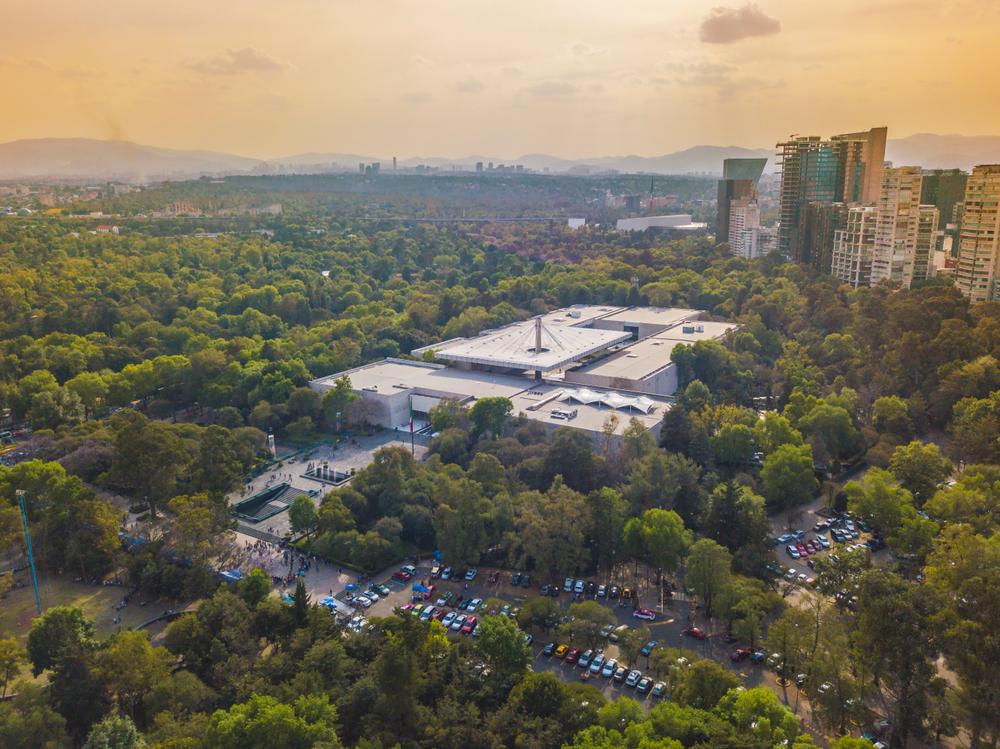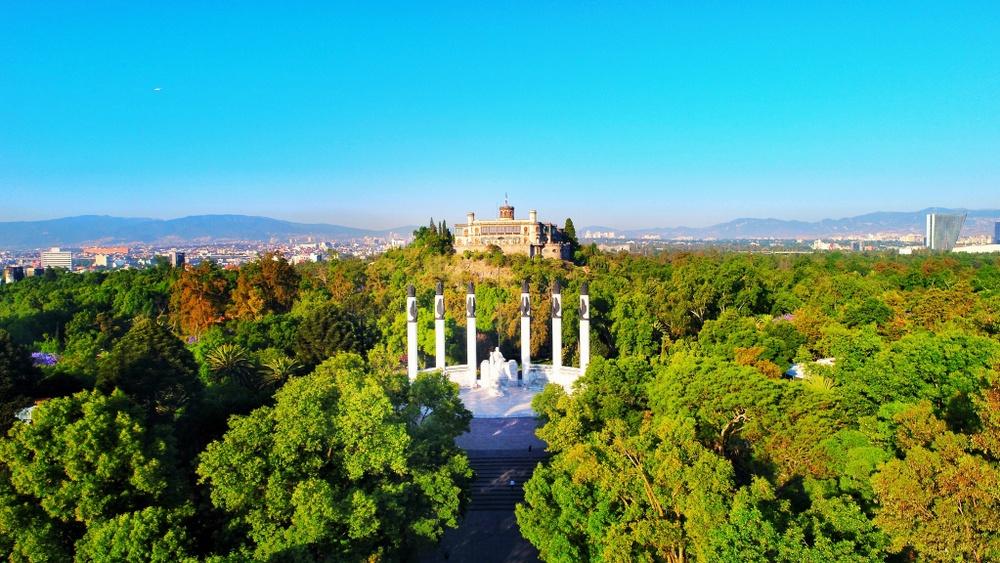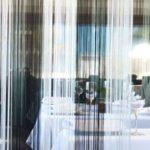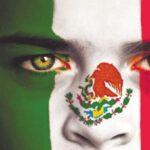
Blog Oasis Hotels & Resorts

All posts


What to do in Cancun (Part 1)

Historic Center of Puebla

National Museum of Anthropology

Castillo de Chapultepec
Most Popular

Come to Zicatela Beach
If you feel like frequenting not so typical places by the sea with surfers riding the waves, leisure areas, but also being at peace with yourself, we bring you a hidden place in the state of Oaxaca. Take advantage of your visit to this territory to v...

Visit Hierve el Agua in Oaxaca
Natural pools in Hierve el Hierve el is considered one of the most representative natural places in the state of Oaxaca, and is therefore one of the most visited, Oaxaca. However, tourists may not be allowed to enter for a long time, as it is a prote...

The place where dreams are made…
In the Grand Oasis Sens you will find a place where dreams are made, this place is restaurant Benazuza, and like a dream you don’t want to wake up from, the team at Cancun’s best restaurant will take you on a fun, magical, unique, and unexpected jour...

What does it mean to be Mexican?
In the month of the homeland, the features of our Mexican identity are felt to the surface and the cultural, social and gastronomic icons are breathed and savored in an air of celebrations for the month of Mexican independence. So, during this month...

What to See in Mexico?
What to Visit in Mexico? Mexico is a very large country and has many interesting places to visit. Some places I would recommend include Mexico City, home to Chapultepec Castle and the Zocalo; Tulum, an ancient Mayan city on the Caribbean coast; and S...